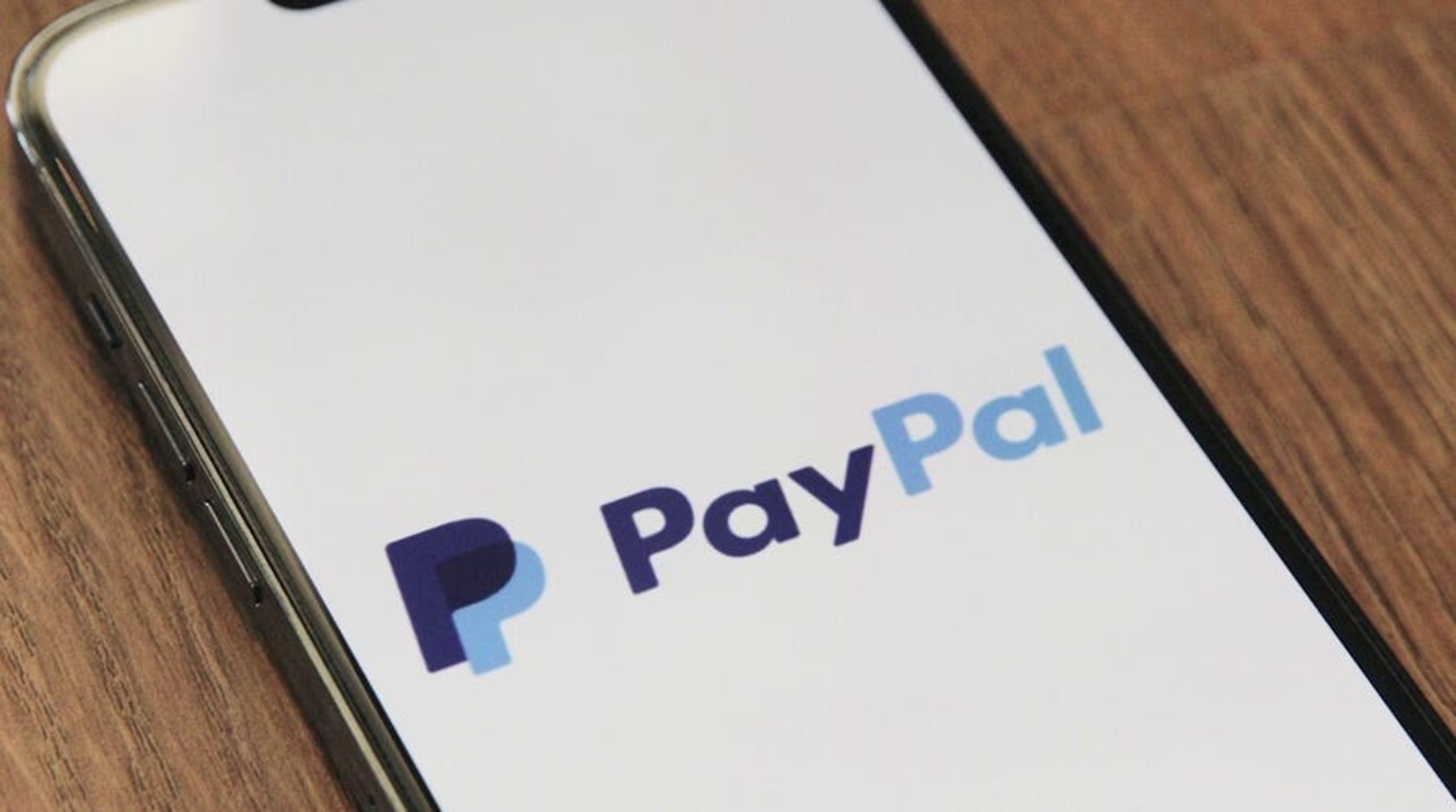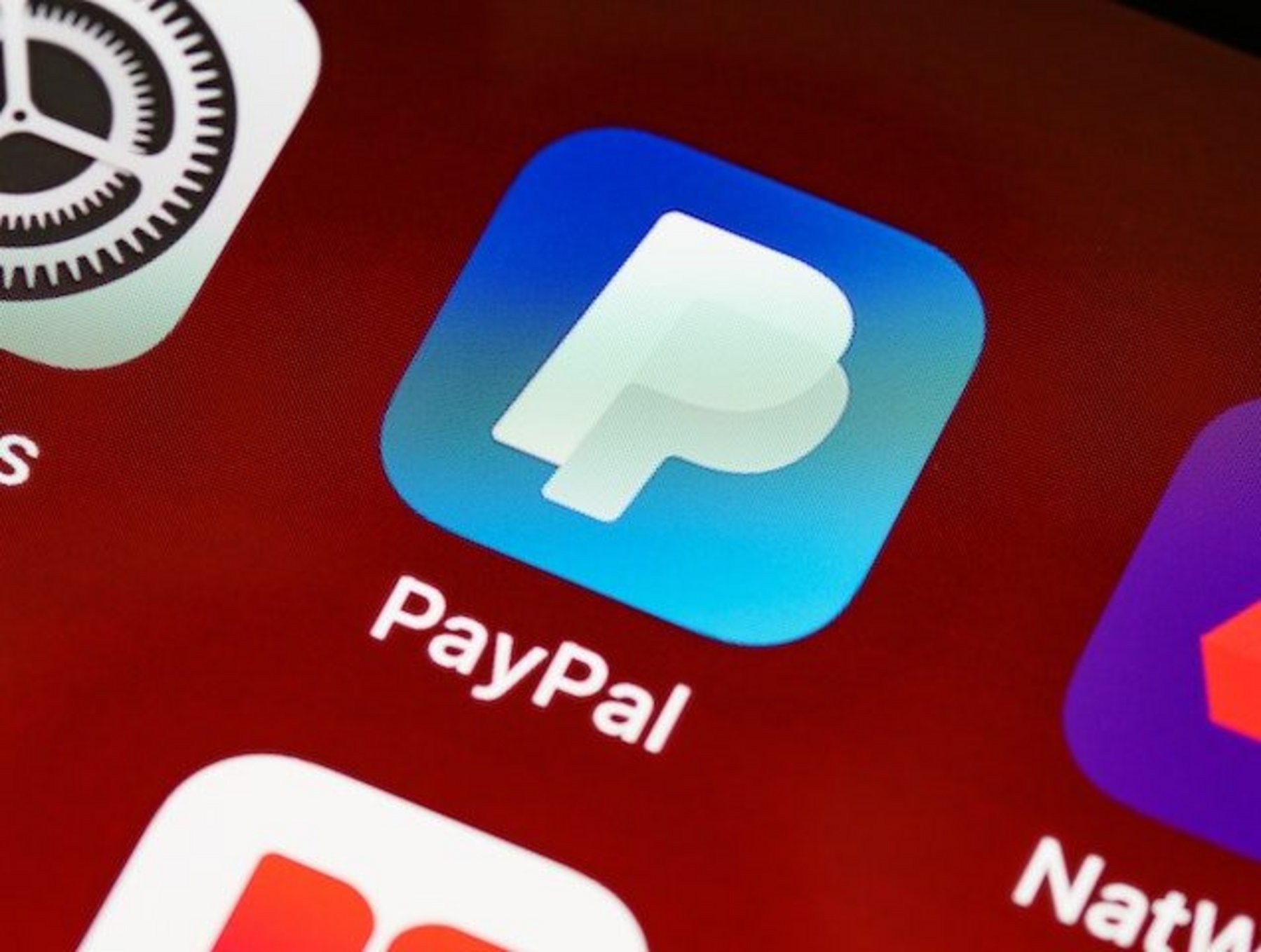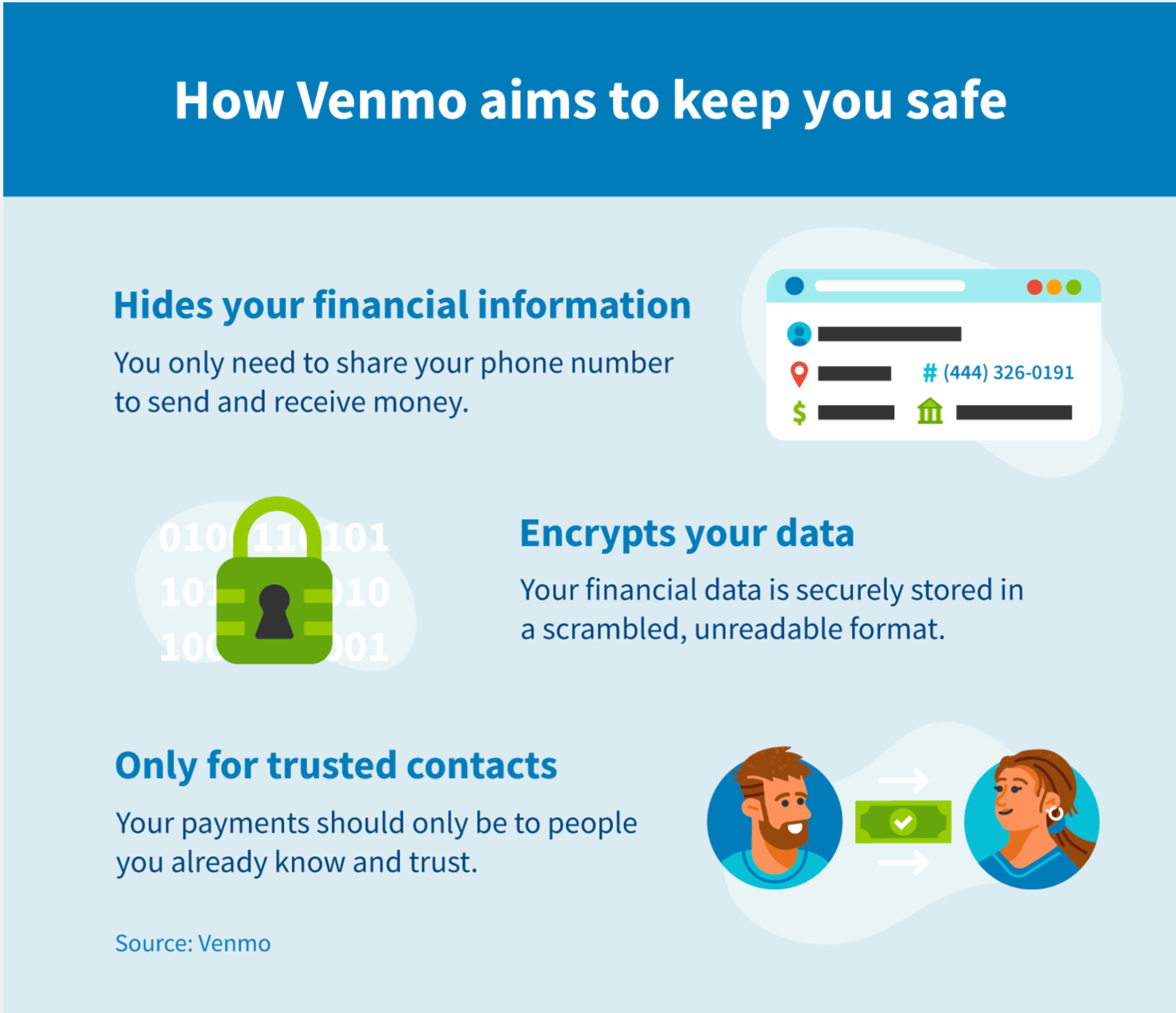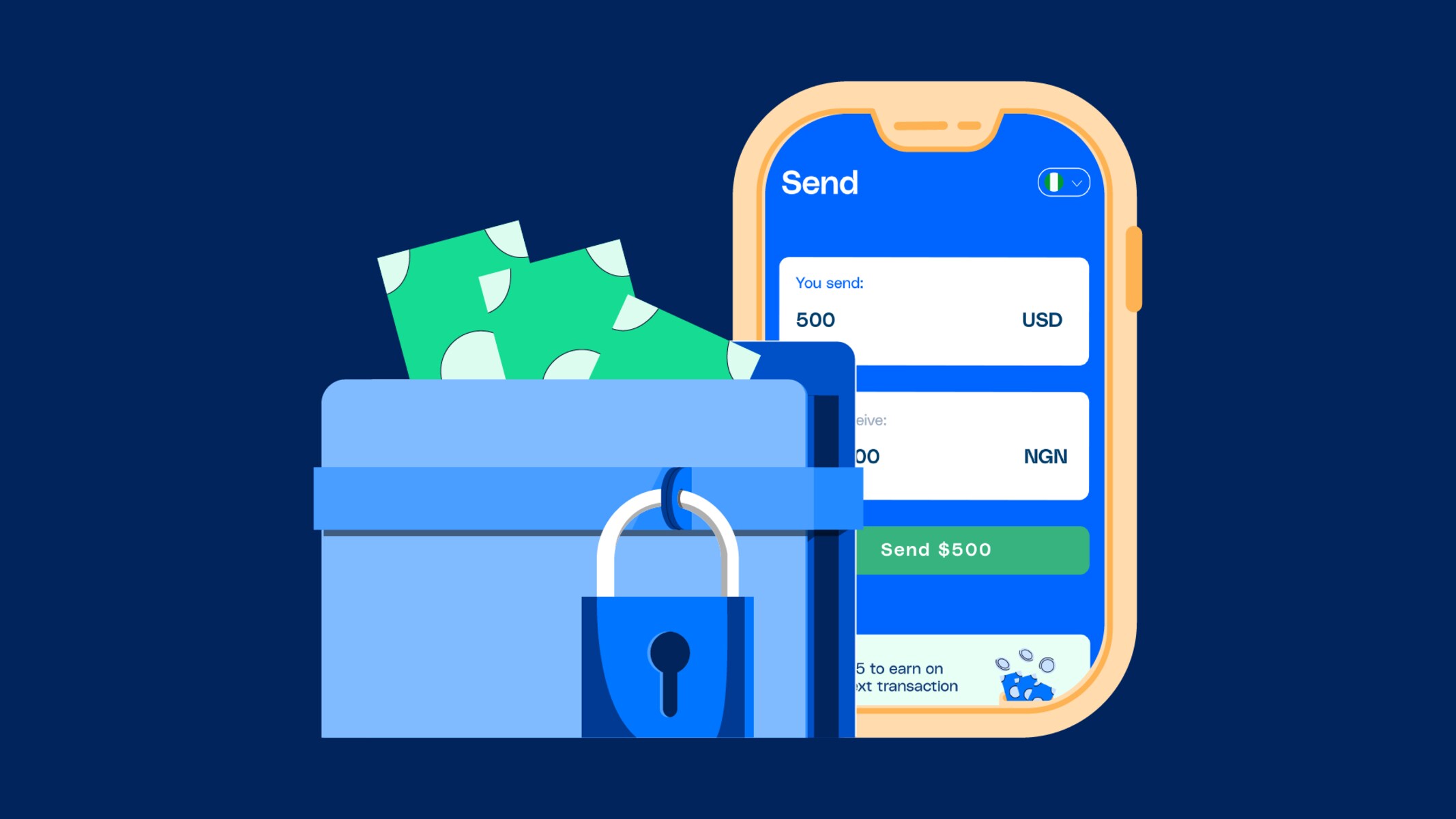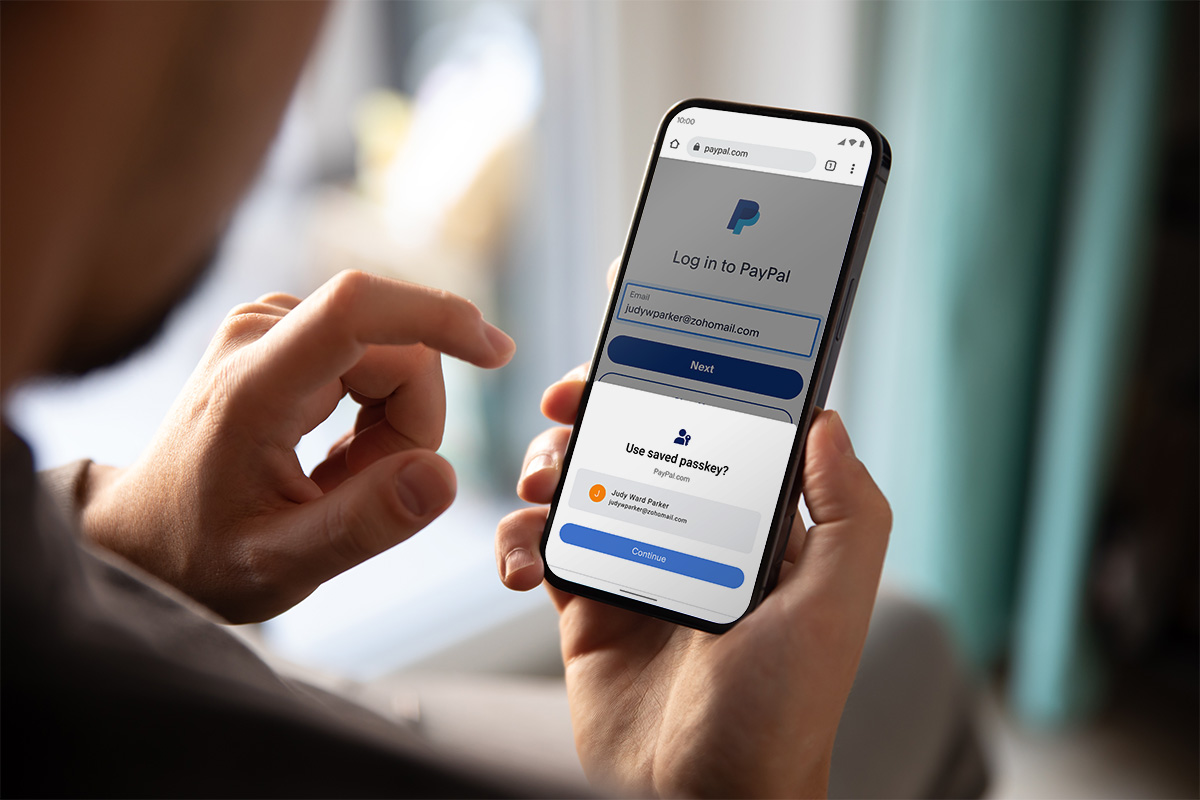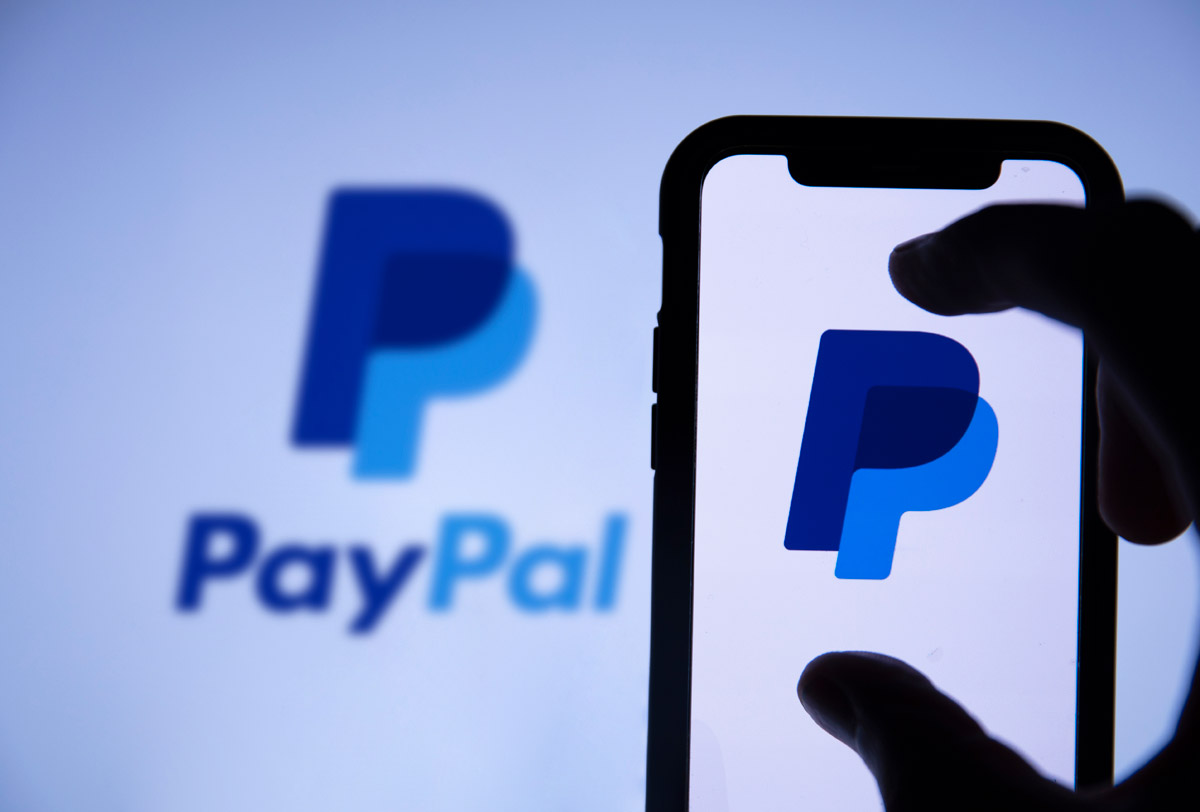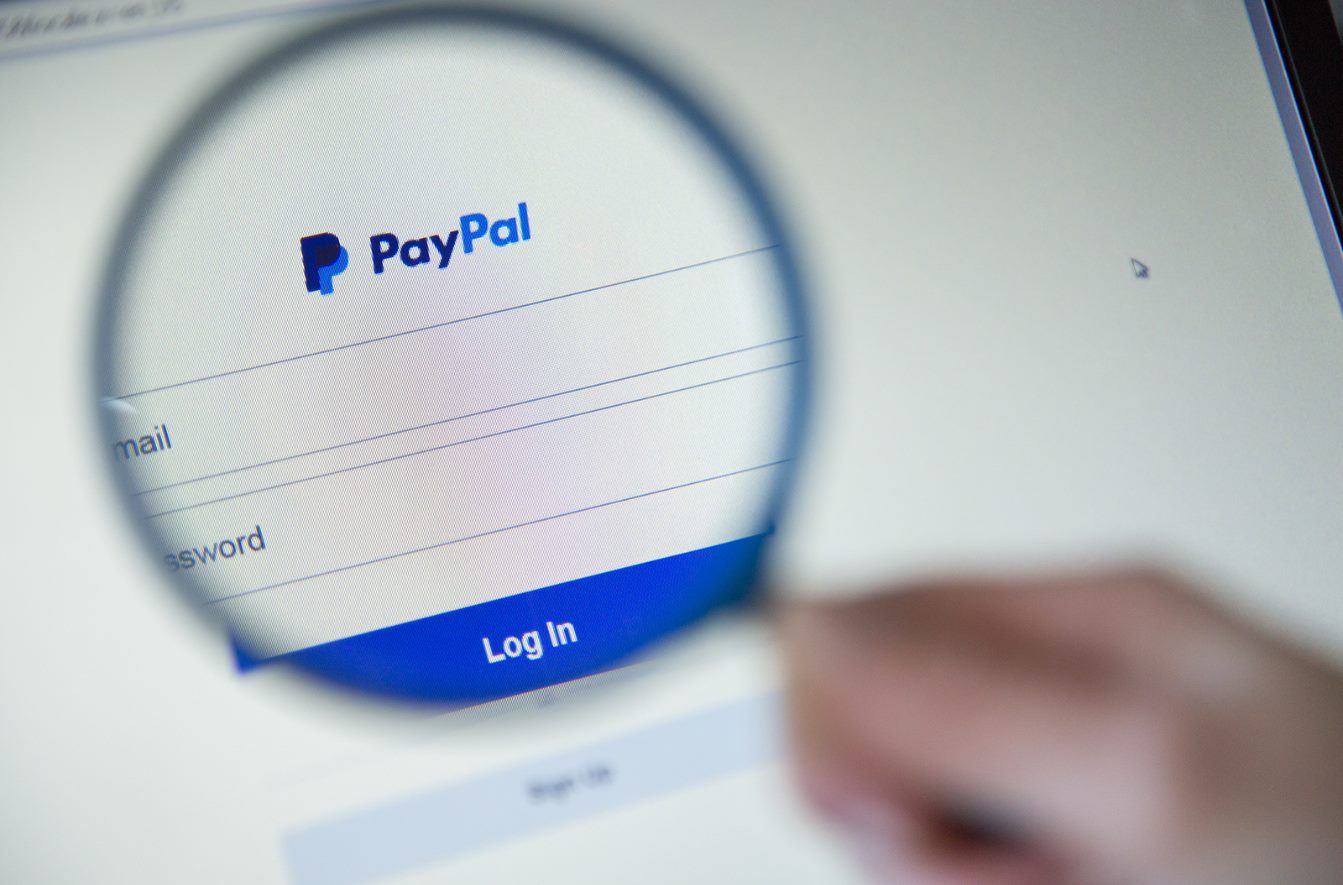Introduction
Have you ever been scammed while using PayPal to make an online purchase? It can be a frustrating and disheartening experience. However, there is hope! PayPal offers a buyer protection program that can help you get your money back if you have been scammed. In this article, we will guide you through the step-by-step process of getting your money back from PayPal if you have fallen victim to a scam.
PayPal is a widely used online payment system that provides a safe and secure platform for making transactions. While PayPal takes several security measures to protect its users, scammers can still find ways to take advantage of unsuspecting buyers. Whether it’s an item that was never delivered, a counterfeit product, or a fraudulent seller, PayPal has measures in place to help resolve these issues and protect its users.
It’s important to note that PayPal’s buyer protection program has certain criteria and timeframes that need to be met in order to be eligible for a refund. Prompt action and thorough documentation are key in maximizing your chances of getting your money back. By following the steps outlined in this guide, you can navigate the process with ease and increase your chances of a successful resolution.
Throughout this article, we will walk you through the entire process from contacting the seller to filing a complaint with relevant authorities. It’s important to remain patient and persistent during this process, as sometimes it may take time to resolve the issue and receive your refund. Remember, PayPal has a vested interest in keeping its platform safe and secure for users, so they will do their best to assist you in recovering your money.
Now, let’s dive into the steps you should take to get your money back if you have been scammed while using PayPal. By following these guidelines, you will be well-equipped to tackle the situation and hopefully retrieve your funds.
Step 1: Contact the seller
The first step in resolving a dispute with a seller on PayPal is to contact them directly. Before assuming the worst, reach out to the seller and explain the situation. It’s possible that there has been a simple misunderstanding or an issue with shipping that can be easily resolved.
Start by sending a polite and detailed message to the seller through PayPal’s messaging system. Clearly state your concerns and provide any relevant information, such as order details, transaction ID, and proof of payment. It’s important to keep all communication through PayPal’s messaging system to maintain a clear record of your attempts to resolve the issue.
Be patient and give the seller a reasonable amount of time to respond. Ideally, the seller will be cooperative and willing to work towards a resolution. They may offer a refund, replacement, or provide information on how the issue can be resolved.
If the seller does not respond within a reasonable timeframe or refuses to cooperate, you can proceed to the next step. Remember to remain calm and professional throughout your interactions with the seller. This will help you maintain credibility if you need to escalate the dispute further.
In some cases, the seller may not be the scammer but may have unknowingly sold you a fraudulent or misrepresented item. It’s important to approach the situation with an open mind and give the seller an opportunity to make things right.
Keep in mind that there are rare instances where the seller may be unresponsive or unable to provide a satisfactory resolution. In such cases, it’s important not to lose hope. PayPal’s buyer protection program is designed to assist you in these situations and provide a pathway to recourse.
Now that you have contacted the seller and given them an opportunity to resolve the issue, let’s move on to the next step: opening a dispute in the PayPal resolution center.
Step 2: Open a dispute in PayPal
If your attempts to resolve the issue directly with the seller have been unsuccessful, it’s time to escalate the matter by opening a dispute in the PayPal resolution center. Opening a dispute allows PayPal to intervene and assist in resolving the problem.
To open a dispute, log in to your PayPal account and navigate to the resolution center. Click on “Dispute a Transaction” and select the transaction that you are facing issues with. PayPal will prompt you to choose the reason for your dispute, which can include items not received, counterfeit goods, or items significantly not as described.
When opening a dispute, provide as much detail as possible about the issue. Include any relevant order information, communication with the seller, and supporting documents such as tracking numbers, receipts, or photos. Clear and thorough documentation will strengthen your case and increase the likelihood of a successful resolution.
After submitting your dispute, PayPal will notify the seller and give them an opportunity to respond. The seller may offer a resolution or dispute your claim. Throughout this process, it’s important to maintain open and honest communication with PayPal and respond promptly to any requests for additional information.
PayPal’s buyer protection program is designed to provide a fair and unbiased resolution process. They will carefully review the evidence provided by both parties and make a decision based on the information presented. It’s crucial to check your PayPal account regularly for updates on your dispute and respond promptly to any requests for information or clarification.
Remember, opening a dispute does not guarantee an immediate refund. The resolution process can take time, especially if there are complex details involved. It’s important to be patient and cooperative throughout this stage.
If PayPal is unable to reach a resolution or the seller fails to respond, you can escalate the dispute to a claim. We will cover this in the next step.
Step 3: Escalate the dispute to a claim
If the seller does not respond to your dispute or you are not satisfied with their proposed resolution, you can escalate the dispute to a claim. Escalating the dispute to a claim brings in PayPal’s intervention to help resolve the issue.
To escalate the dispute to a claim, log in to your PayPal account and navigate to the resolution center. Locate the dispute you opened and click on “Escalate to a Claim.” PayPal will review the case and assess the available evidence before making a decision.
It’s important to note that once a dispute is escalated to a claim, the decision-making process may take longer. PayPal may request additional information or evidence from both parties to further evaluate the situation. Be prepared to provide any necessary documentation promptly.
During this stage, PayPal will act as a mediator between you and the seller. They will carefully review all communication, documentation, and evidence provided by both parties to make a fair and impartial decision. Their primary goal is to protect buyers and maintain the integrity of their platform.
PayPal’s decision can result in the refund of your funds or a denial of your claim. If your claim is approved, PayPal will typically refund your money and may also take action against the seller, depending on the severity of the issue. If your claim is denied, there may be additional steps you can take to appeal the decision, which we will cover in the next step.
It’s important to remember that the outcome of the claim is influenced by the strength of the evidence provided and the adherence to PayPal’s policies. Providing clear, concise, and relevant information will increase your chances of a successful outcome.
Now that you have escalated the dispute to a claim, we will discuss the next steps in the process, including providing additional evidence and appealing the decision if necessary.
Step 4: Provide evidence to support your claim
In order to strengthen your claim and increase your chances of a favorable resolution, it’s important to provide compelling evidence to support your case. PayPal relies heavily on evidence to make informed decisions, so it’s crucial to gather any relevant documentation and information.
Start by compiling all the evidence related to the transaction and the dispute. This may include copies of emails or messages exchanged with the seller, receipts or invoices, tracking numbers, screenshots of product listings, or any other proof of the issue you encountered. Be sure to include any communication or attempts made to resolve the dispute with the seller directly.
When submitting evidence to PayPal, ensure that it is clear, relevant, and directly relates to the issue at hand. Include any timestamps or dates to establish a timeline of events. If you are submitting screenshots, make sure they are legible and not edited or manipulated in any way.
Take into consideration any policies or guidelines provided by PayPal regarding the type of evidence they accept. Familiarize yourself with their requirements to ensure that your evidence meets their criteria. This will help expedite the resolution process and avoid any unnecessary delays.
When submitting evidence, it’s also important to clearly explain how the evidence supports your claim. Connect the dots for PayPal, showing the direct connection between the issue you encountered and the evidence provided. This will help them understand and evaluate your case more effectively.
PayPal may request additional information or evidence to further assess your claim. Be prepared to promptly provide any requested documents or answer any questions they may have. Timely and thorough communication with PayPal will help move your case forward and increase your chances of a successful outcome.
Remember to keep copies of all evidence and communication submitted to PayPal. This will serve as a record of your efforts throughout the resolution process and can be useful if you need to escalate the matter further.
Now that you have submitted your evidence, it’s time to wait for PayPal’s decision. Patience is key in this stage, as it may take some time for PayPal to thoroughly review the information provided and make a decision.
Step 5: Wait for PayPal’s decision
After providing all the necessary evidence and submitting your claim, the next step is to patiently wait for PayPal to review the information and make a decision. The length of time it takes for PayPal to reach a resolution can vary depending on the complexity of the case and the availability of both parties involved.
During this waiting period, it’s important to regularly check your PayPal account for any updates or messages from PayPal regarding your case. They may request additional information or clarification to better understand the situation. It’s crucial to respond promptly and provide any requested details to facilitate the resolution process.
It’s worth noting that PayPal aims to resolve disputes as efficiently as possible. However, the resolution timeline can vary in each case. In some instances, a decision may be reached within a few days, while more complex cases may take several weeks. It’s essential to remain patient and refrain from contacting PayPal repeatedly for updates, as this may cause unnecessary delays.
While waiting for PayPal’s decision, refrain from engaging in any further communication or transactions with the seller involved in the dispute. It’s best to maintain a respectful distance until the matter is fully resolved to avoid any potential complications.
During this waiting period, it can be helpful to keep a record of any new developments or information that may arise. If there are any changes or updates to the situation, documenting them can be beneficial in case you need to provide additional evidence or appeal the decision.
Remember that PayPal is committed to protecting its users and ensuring fair resolutions. They will carefully consider the evidence and information provided by both parties before making a decision. It’s essential to trust in their dispute resolution process and allow them sufficient time to review the case thoroughly.
Once PayPal reaches a decision, they will notify you through your PayPal account and email. Be sure to carefully review the outcome and any instructions or actions required on your part. If the decision is in your favor, PayPal will proceed with issuing a refund or taking appropriate action to resolve the dispute. If the decision is not in your favor, there may be options for appeal, which we will explore in the next step.
Now that you have submitted your claim and evidence, it’s time to wait for PayPal’s decision. During this time, remain patient and stay vigilant for any updates from PayPal regarding your case.
Step 6: Appeal the decision (If necessary)
If PayPal’s decision does not favor your claim and you believe there are grounds for an appeal, you may have the option to challenge the decision. It’s important to carefully review the details of PayPal’s decision before proceeding with an appeal, as there may be specific guidelines or requirements to follow.
To initiate an appeal, log in to your PayPal account and navigate to the resolution center. Locate the case that you want to appeal and follow the provided instructions for appealing the decision. PayPal may require you to provide additional information or evidence to support your appeal, so be prepared to submit any relevant documentation.
When submitting an appeal, it’s crucial to provide strong arguments and evidence that directly address the reasons for PayPal’s initial decision. Clearly outline the reasons why you believe the decision was incorrect or unjust, and provide any new evidence or information that supports your position.
To strengthen your appeal, focus on addressing any areas where the initial decision may have overlooked or misinterpreted important details. Clearly and concisely explain why the evidence provided supports your claim and addresses any discrepancies or misunderstandings that may have influenced the initial decision.
PayPal will review your appeal and any additional evidence provided. They will then reassess the case and make a final decision based on the new information presented. Be aware that the appeals process can take additional time and there is no guarantee of a favorable outcome. However, if you believe the initial decision was incorrect, it is worth pursuing the appeals process.
While waiting for the outcome of your appeal, it is essential to remain patient and refrain from contacting PayPal repeatedly for updates. They will notify you through your PayPal account and email once a decision has been made. Continually providing new evidence or contacting PayPal excessively may potentially lengthen the appeals process.
If your appeal is successful, PayPal may reverse their initial decision and take appropriate action, such as issuing a refund. However, if the appeal is denied and PayPal’s decision remains unchanged, you may need to explore alternative options or remedies outside of PayPal’s dispute resolution system.
It’s important to exhaust all available options within PayPal’s dispute resolution process before seeking other avenues of recourse, such as filing a complaint with relevant authorities or pursuing legal action. Consider consulting with a legal professional or seeking advice from consumer protection agencies if you believe further action is necessary.
Now that you understand the appeals process, you can assess whether an appeal is appropriate in your specific situation. Take the time to carefully consider the decision and the available evidence before proceeding with an appeal.
Step 7: Contact PayPal customer service
If you have followed all the previous steps and still require assistance or have additional questions regarding your dispute, it may be helpful to reach out to PayPal’s customer service. Their dedicated support team can provide further guidance and clarification on the specific details of your case.
To contact PayPal customer service, log in to your PayPal account and navigate to the “Help & Contact” section. Here, you will find various options to get in touch with PayPal’s support team, including phone, email, or live chat. Choose the method that is most convenient for you.
When contacting customer service, have all the relevant information handy, such as your case number, transaction details, and any supporting documentation. Clearly explain the issue you are facing and provide any necessary details, so the customer service representative can assist you more effectively.
Be prepared for a brief wait time when contacting PayPal’s customer service, as they receive a high volume of inquiries. Patience is key, and keeping a calm and courteous demeanor during your conversation will help ensure a productive exchange.
PayPal’s customer service team will listen to your concerns and address any questions you have. They may provide further insight into the decision-making process, offer additional guidance on the next steps to take, or clarify any policies or procedures that are unclear to you.
If you have already escalated your dispute to a claim or initiated an appeal, PayPal’s customer service may be able to provide updates on the status of your case and offer any relevant advice or assistance. They can help ensure that you have provided all the necessary information and documentation required for a fair resolution.
It’s important to understand that while PayPal customer service can provide support and guidance, they are not authorized to override or change the outcome of a dispute or claim decision. Their role is to assist and provide information regarding the dispute resolution process.
If you encounter any difficulties or concerns during your communication with customer service, politely ask to speak to a supervisor or escalate the issue further within PayPal’s customer service hierarchy.
By contacting PayPal customer service, you can gain a better understanding of the resolution process and ensure that you have done everything possible to address your dispute. They can provide clarification, answer any questions you may have, and provide assistance in navigating the specific details of your case.
Now that you know how to get in touch with PayPal’s customer service, utilize their resources to seek any further assistance and guidance you may need.
Step 8: File a complaint with relevant authorities
In the unfortunate event that you are unable to resolve your dispute with PayPal or the seller through their dispute resolution process, it may be necessary to file a complaint with the relevant authorities. This step is crucial if you believe you have been a victim of fraud or if legal action is required to recover your funds.
Before filing a complaint with the authorities, gather all the evidence and documentation related to the scam or fraudulent transaction. This may include order records, communication with the seller, receipts, invoices, screenshots, and any other supporting evidence that validates your claim.
Start by researching the appropriate authorities or organizations to whom you can report the incident. This can vary depending on your location, but common options include consumer protection agencies, law enforcement agencies, or regulatory bodies that oversee online transactions. Consult with legal professionals if you require guidance on the best course of action for your specific situation.
When filing a complaint, provide all the relevant information and evidence you have collected. Clearly explain the details of the scam, including any financial losses incurred, dates, and any correspondence with the scammer or the seller. The more detailed and comprehensive your complaint, the better chances of a proper investigation taking place.
Be prepared for the possibility that filing a complaint with the authorities may not guarantee an immediate resolution or a refund of your funds. However, it is an important step in holding the scammer accountable and assisting authorities in taking appropriate action against fraudulent activities.
Keep in mind that reporting the incident to relevant authorities not only helps your own case, but it also contributes to protecting other potential victims from falling into the same scam. By sharing your experience and providing authorities with valuable information, you play a role in combating online scams and promoting a safer online environment.
It’s important to note that the resolution of your dispute may lie beyond the control of PayPal or the authorities you report to. However, by taking this step, you are taking appropriate action and raising awareness of the issue, which can have a positive impact in the long run.
Now that you understand the importance of filing a complaint with the relevant authorities, assess your situation and determine if it is necessary to escalate the dispute by reporting the incident. Take the time to gather all necessary evidence and follow the proper procedures outlined by the authorities to ensure that your complaint is effectively addressed.
Conclusion
Dealing with a scam on PayPal can be a frustrating experience, but it’s important to remember that you have options and resources available to help you get your money back. By following the step-by-step process outlined in this guide, you can maximize your chances of resolving the dispute and recovering your funds.
Contacting the seller directly, opening a dispute in PayPal, and providing thorough evidence are crucial steps in initiating the resolution process. Escalating the dispute to a claim allows PayPal to intervene and make a decision based on the evidence provided. If necessary, appealing the decision and contacting PayPal’s customer service can provide further assistance and guidance.
In some cases, despite your best efforts, the dispute may not be resolved in your favor. In such situations, escalating the matter by filing a complaint with relevant authorities can help hold the scammer accountable and contribute to the prevention of similar fraudulent activities in the future.
Throughout the entire process, patience is essential. Resolving a dispute can take time, and it’s important to remain persistent and cooperative in providing requested information to PayPal. Keep all communication and documentation organized and readily accessible.
However, prevention is always better than cure. To minimize the risk of encountering scams on PayPal, practice safe online shopping habits. Verify the seller’s reputation, read customer reviews, and use secure payment methods. If something seems too good to be true, it probably is.
Remember, PayPal has a strong buyer protection program in place, and they are committed to helping you resolve disputes and recover your funds. By staying vigilant, following the recommended steps, and utilizing the available resources, you can navigate the process with confidence and increase your chances of a successful resolution.
While we hope that you never have to go through the ordeal of dealing with a scam on PayPal, we trust that this guide has equipped you with the knowledge and tools needed to take appropriate action and protect yourself in the event of a dispute.







